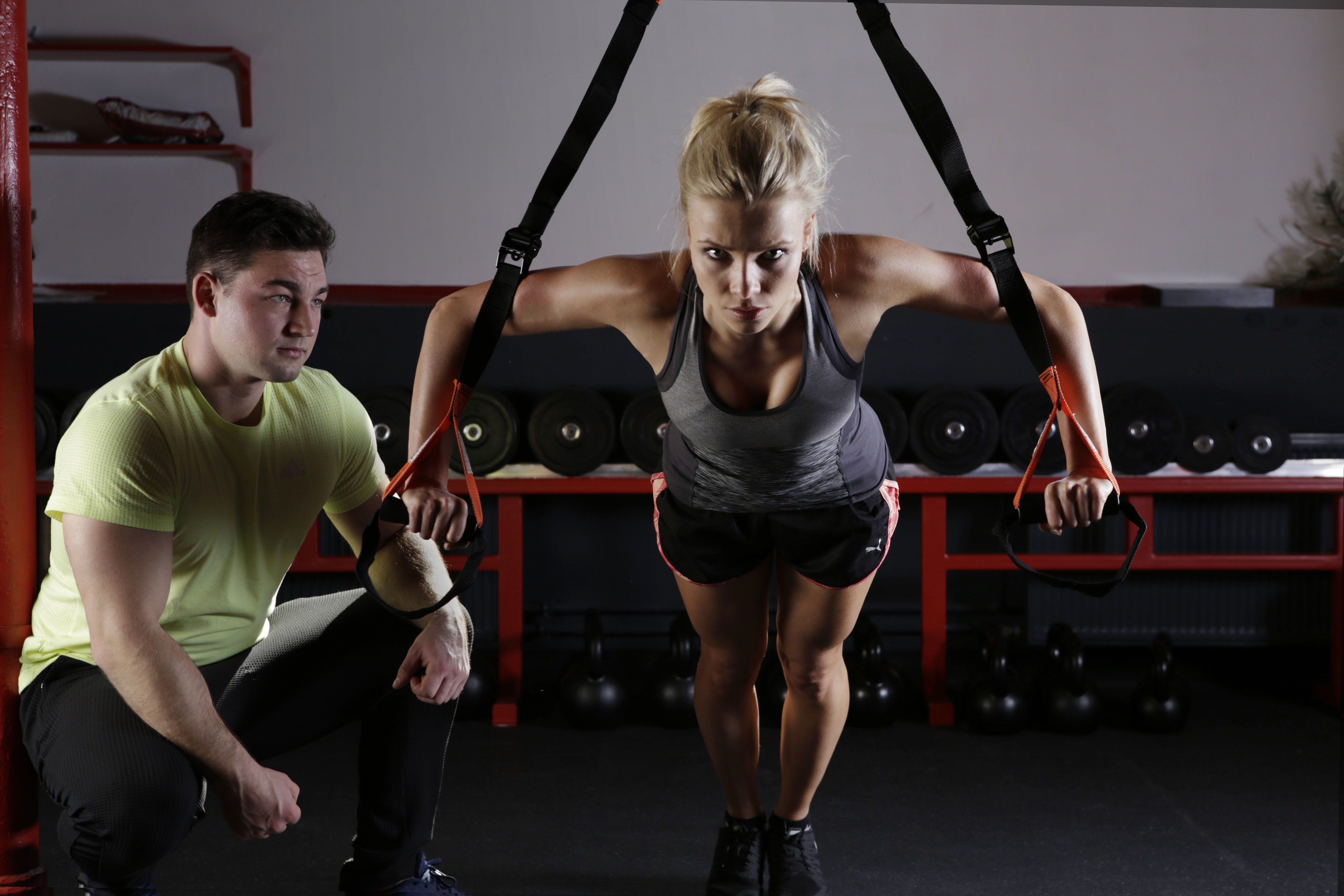
Since the start of the Covid-19 pandemic in early 2020, more of us are working at home than ever before. Earlier this year, Forbes predicted that 25% of all jobs in the US would be remote by the end of 2022, with remote opportunities increasing into next year and beyond.
Working from home comes with many advantages. Remote workers often report feeling less stressed, more satisfied at work, and even more productive. Working from home removes the time and money drain of commuting, and cuts down on the number of cars on the roads - so it’s great for the planet, too. Remote workers often enjoy greater flexibility and
But working from home can also come with some health issues.
Invest in a good office set-up

You spend a lot of time working each week. This means it is essential to have the right equipment. While working on a laptop at the kitchen table can work in a pinch, it’s not a long term solution.
At a minimum, try to get a dedicated work surface of an appropriate height and a good desk chair that will help you retain good posture and protect your back. You should also make sure your screen is at the right height for you. For most people, the top of the screen should be at eye level.
You might also wish to consider a standing desk or an adjustable desk that can be used in either a seated or standing position.
Ask your employer if they have a budget for helping remote employees purchase appropriate work equipment. Many do.
Make sure you’re sitting properly

Posture is tremendously important when you’re working at a desk for many hours every day. Here are a few quick tips to make sure you’re sitting properly:
- Ensure your screen is at eye level and about an arm’s length away
- Your feet should sit firmly on the floor (if they don’t, get a footrest)
- Adjust your chair so that your back is upright and supported
- When your arms are resting on the desk, they should be at a right angle
Take a lunchtime walk every day

Getting away from your desk is important. Though it can be tempting to eat lunch at your desk (whether you work through lunch or just spend an hour watching cat videos on Facebook), we urge you to resist doing this too often.
Instead, consider taking a walk at lunchtime. Getting outside in the fresh air will clear your head, help you focus, and give you at least as much energy as that 3pm cup of coffee. Regular exercise, including brisk walking, also helps to keep your muscles and bones strong, fending off many of the injuries that come from spending too much time sitting at a desk.
Get a pedometer or fitness tracker and aim for 2000-3000 steps at lunchtime.
Support your hands, wrists, and back

If you’re working on a computer all day, you might find that your hands and wrists start to feel tired and sore. Back pain is also an extremely common complaint of home workers.
Consider using protective garments such as fingerless circulation gloves (which make it easy to type while wearing them), a wrist sleeve, or a back support. This simple preventative measure can stop pain before it starts or, if you’re already struggling, can significantly reduce your symptoms.
As our pain-relieving garments operate without the use of compression, they are safe and comfortable enough to wear all day.
See a physiotherapist

If you’ve tried all these steps and are still feeling sore at the end of a work day, it’s time to bring in a professional to help you. A qualified physiotherapist can help troubleshoot your issues and work out what’s causing your pain or discomfort. They can also suggest some simple adjustments to your work setup and provide exercises that you can use to keep your body strong and healthy.
Set boundaries

Mental health matters as much as physical health. When you’re working from home, it can be easy to feel “plugged in” to work at all times, without a clear delineation between work life and home life.
Set and retain clear boundaries around your working hours. Don’t answer calls or emails outside of hours and, if you manage a team, don’t expect your employees to do so either. Try to keep to a regular working schedule as much as possible, and make sure you take every break you are entitled to. Ideally, leave your workspace and close the door on it at the end of each working day.
With a few easy steps to protect your mind and body, working from home will be a breeze.
Read more

Whether they’re just starting out on a fitness journey or looking to take things to the next level, many people wonder if they should bring in a professional to help them. But is it worth it? That...

“No pain, no gain”, so the saying goes. And it’s true that working out should feel challenging and can sometimes leave you feeling sore for a day or two after a session. The normal muscular aches y...






Leave a comment
All comments are moderated before being published.
This site is protected by hCaptcha and the hCaptcha Privacy Policy and Terms of Service apply.